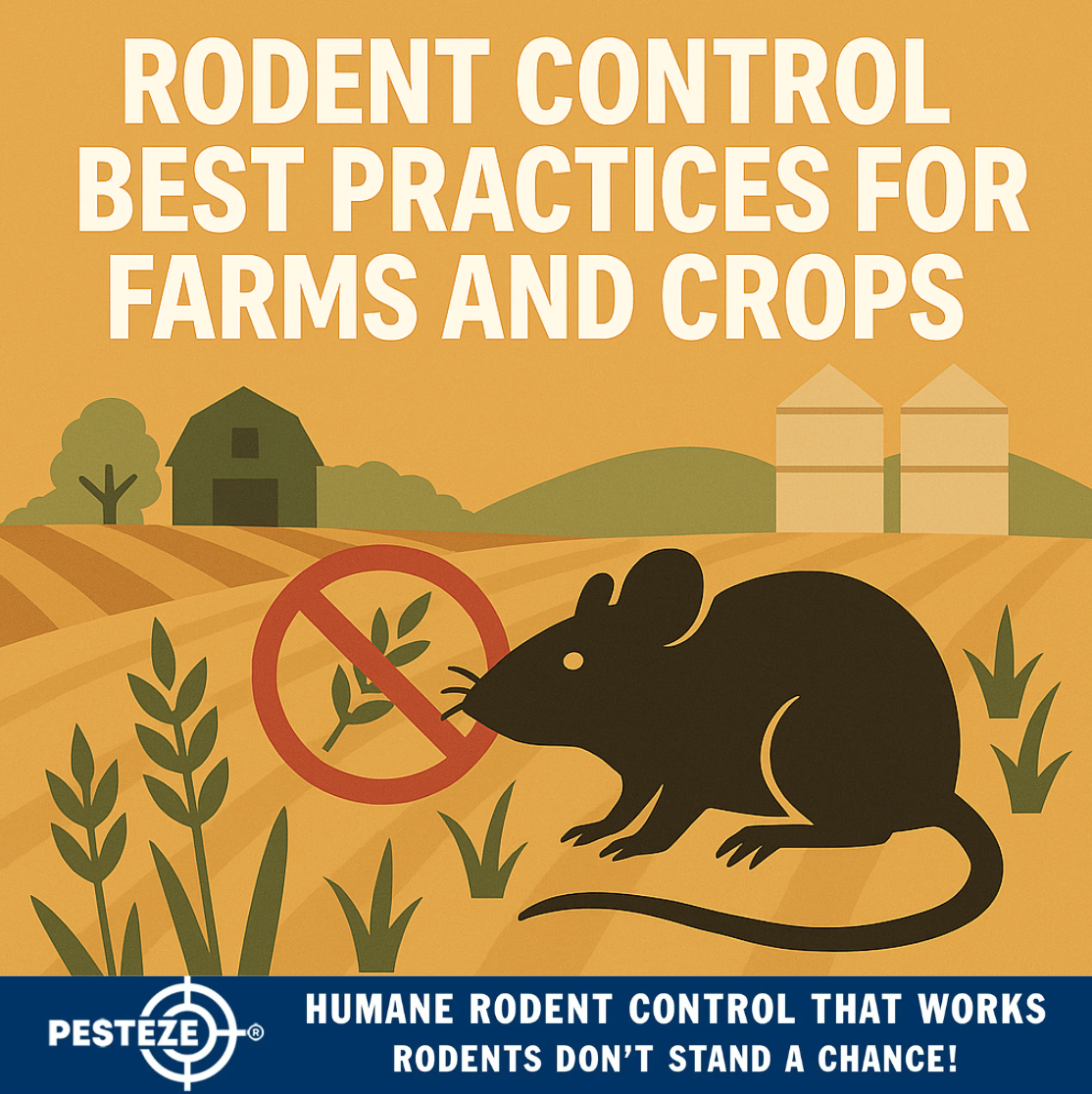RODENT CONTROL BEST PRACTICES FOR FARMS AND CROPS

RODENT CONTROL BEST PRACTICES FOR FARMS AND CROPS
SUMMARY
Rodents can cause major losses in agriculture by damaging crops, contaminating feed, and spreading disease. Learn effective, eco-friendly practices to protect your farm and maintain productivity.
FEATURES
-
Field Monitoring: Inspect crops regularly for gnaw marks and burrows.
-
Proper Grain Storage: Use rodent-proof containers and sealed silos.
-
Habitat Management: Clear weeds and debris to reduce shelter options.
-
Encourage Natural Predators: Owls and snakes help control populations.
-
Use Traps Strategically: Place traps near burrows and feeding zones.
-
Rotate Control Methods: Prevent resistance by varying deterrent strategies.
DESCRIPTION
Rodents pose one of the biggest challenges for farms, affecting both field crops and stored produce. They consume seeds, chew through irrigation systems, and contaminate feed and grain storage. Effective rodent control requires an integrated approach that combines prevention, monitoring, and humane elimination methods.
The first step is regular field monitoring. Farmers should look for rodent burrows, gnaw marks on crops, or trails through soil and vegetation. Early detection allows for quicker response, reducing crop loss. Proper grain storage is equally important. All harvested grain should be kept in sealed metal or heavy-duty plastic containers, and silos should be checked for cracks or openings.
Habitat management plays a crucial role in keeping rodent populations low. Removing tall grass, weeds, and excess debris eliminates the cover rodents rely on. Encouraging natural predators, such as owls, hawks, and snakes, can also provide long-term population control without relying solely on chemicals. Installing owl nesting boxes or minimizing habitat disruption can attract these beneficial species.
When traps are necessary, they should be placed strategically around burrows, along fence lines, and near feeding areas. Using multiple types of traps and rotating control methods—such as repellents, barriers, and environmental management—prevents rodents from adapting and ensures long-term effectiveness.
By combining clean farming practices, natural control methods, and regular inspections, farmers can protect their land, crops, and livestock from rodent damage while maintaining a balanced ecosystem.
- Saharsh Bansal


Comments 0